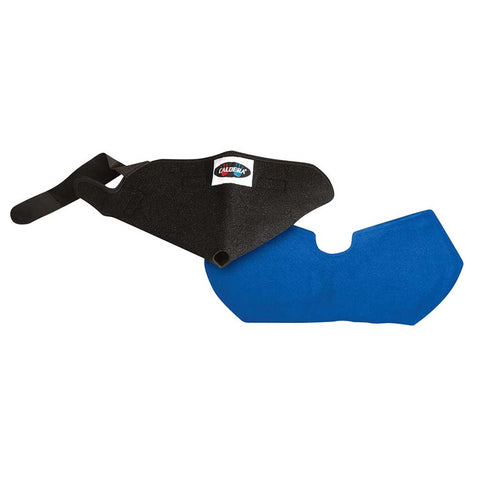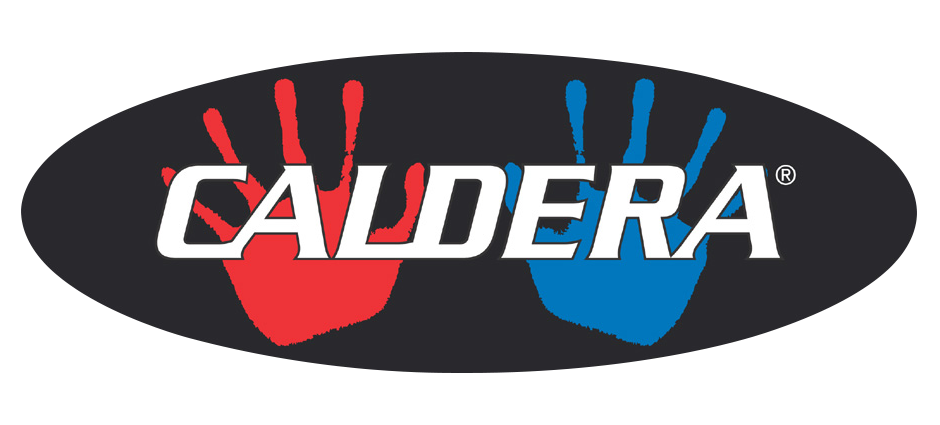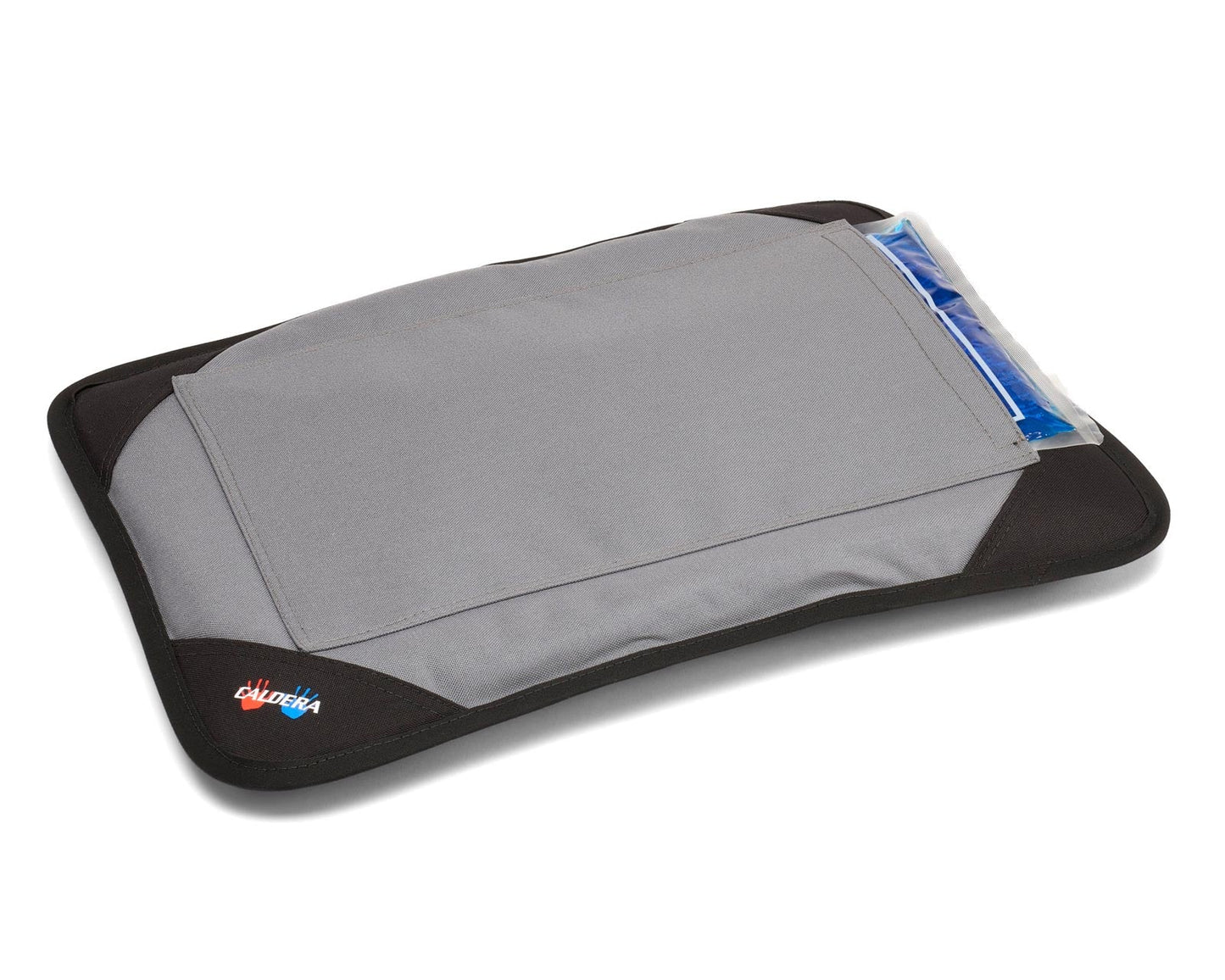Hundreds of people and athletes sustain acute injuries everyday which can be treated in the comfort of your home using sports wraps. Sports therapy wraps can significantly help in reducing pain and swelling and lead to more rapid recovery. The wraps by Caldera International can be used hot or cold and with compression wrap to provide immediate relief and instantly promote blood flow and healing.

You might suffer from an injury that is relatively minor from overexercising or something more serious like a fracture. The most common sports injuries are strains and sprains. Sprains are injuries to ligaments, the tough bands connecting bones in a joint. Strains are injuries to muscle fibers or tendons, which anchor muscles to bones. Ankle, knee sprain and hamstring and lower back injuries use sports therapy wraps as one of the most effective and fastest remedy available. Sports therapy wraps can be used immediately at the onset of symptoms including swelling, pain, and/or bleeding.
If you are currently suffering from any injury whether chronic or acute, it is important that you know the recovery tips that will help you heal quickly as possible. How do you know when to use ice and when to heat on an injury?
Here are some fast facts about cold and heat therapy:
● In some cases, alternating between heat and cold therapy may help as it will greatly increase the blood flow to the affected area.
● Cold treatment should be applied within 48 hours after an injury occurs as it reduces inflammation by decreasing blood flow.
● Heat treatment is used for chronic pain as it helps in promoting blood flow and helps muscles relax.
● Ice or heat therapy should not be applied directly on the skin
Tips when using sports therapy wraps for your injuries:
● Protection
The purpose of a well made sports wrap is it's ability to target the injured area and provide the correct amount of mesh or fabric between you and the hot or cold pack. This helps avoid getting any further injuries to the injured area or the skin. Be sure to protect the skin and do not directly apply heat or cold.
To do it correctly, an individual who recently suffered from an ankle sprain may initially apply cold therapy and wear an ankle brace or choose a sports wrap with compression straps. It is recommended to protect the injury from any movements that can cause further injuries but allow the ankle/foot to move a bit up and down.
If you are applying heat or cold therapy directly to your skin, it can cause more harm than good. If done for an excessive amount of time it can cause skin sensitivity or skin burn.
Follow these precautions, in order to protect your skin:
● The therapy should not be applied directly; there should be a protective barrier between your skin and the athletic wraps to prevent direct contact with skin. Caldera’s Sports Wrap is made from a high-quality four-way stretch neoprene material that allows maximum conformity, heat or cold transfer, and comfort.
● Limit the application to 15-20 minutes once you start and you can reapply after an interval of 1 to 2 hours.
● Don’t underestimate the power of ice therapy
People treat a sports injury such as a sprained ankle or knee with cold therapy. You don’t need to be a pro to have access to the most common and effective way to treat your injury. Use the techniques that are used worldwide by the pro athletes for better pain management, inflammation reduction, and other healing benefits. Ideally begin cold therapy treatment as quickly as possible. Cold therapy is most effective within 48 hours following your injury. Typically after the swelling and redness are subsided you can transition to applying heat therapy to the injured area. Some of you might be prone to hypersensitivity to cold therapy or may be allergic to ice. Make sure there is always a barrier and it does not come directly in contact with your skin. If the redness or itching occurs in the area where heat is applied it’s recommended to remove the wrap immediately and let the area rewarm.
● Heat therapy for back pain
Heat therapy increases circulation to an inflamed area and promotes blood flow to help sore and tightened muscles. For this reason, heat therapy should not be applied to acute injuries which are showing signs of redness and inflammation. Heat therapy is more effective than cold therapy for treating sore muscles and joint pain which are typically chronic injuries.
For instance, back pain which is possible not a new injury, it might have been caused due to tissue problem or it is often due to increased muscle tension, which can aggravate with the use of cold treatment.
To simply put, cold therapy is used on recent injuries, especially where heat is being generated. If you are into physical activities and often suffer from chronic injuries, you should consider applying heat before exercise to increase flexibility and mobility so that blood flow stimulates that area.
How to wrap a therapy wrap?
Therapy wraps are used to combat pain in the affected area. They help to prevent inflammation in the joint and the surrounding ligaments and muscles. If you are dealing with sprains, swelling, hamstring injuries, and other issues you can opt for therapy wraps as they are an inexpensive, effective, and safe way to prevent injuries. These can provide additional support and stability for treating pain and in the recovery of stranded joints and muscles. These athletic wraps or therapy wraps are ideal for fitness-oriented people, runners, weight lifters, and players in general.
And a conventional therapy wrap gets the job done while providing a little support to the affected area. These are super easy to wrap, just secure it on the affected area and you can tighten or loosen it within seconds with their plush compression straps, making sure you are comfortable with the pressure.
A conventional bandage will not be comfortable if you have to use it for a long time, you’ll have to hold the hot or cold bag over the area. A sports wrap does away with all the hassles and you can carry out your routine work wearing them!

